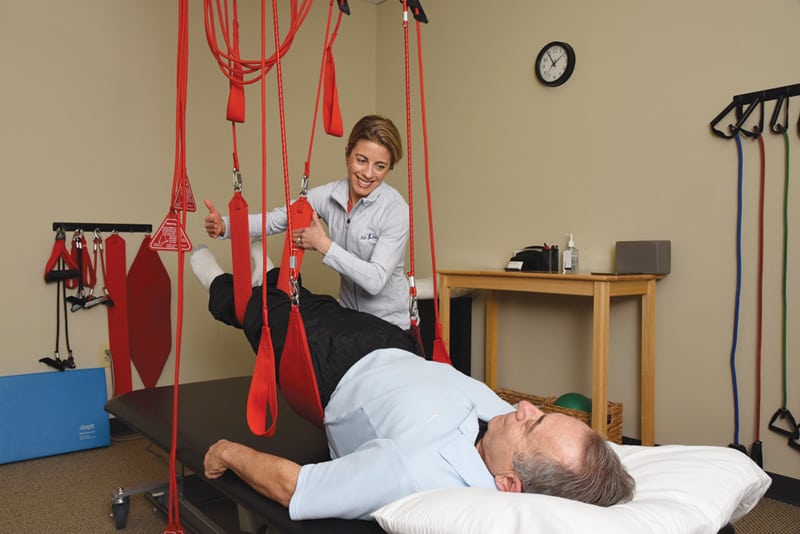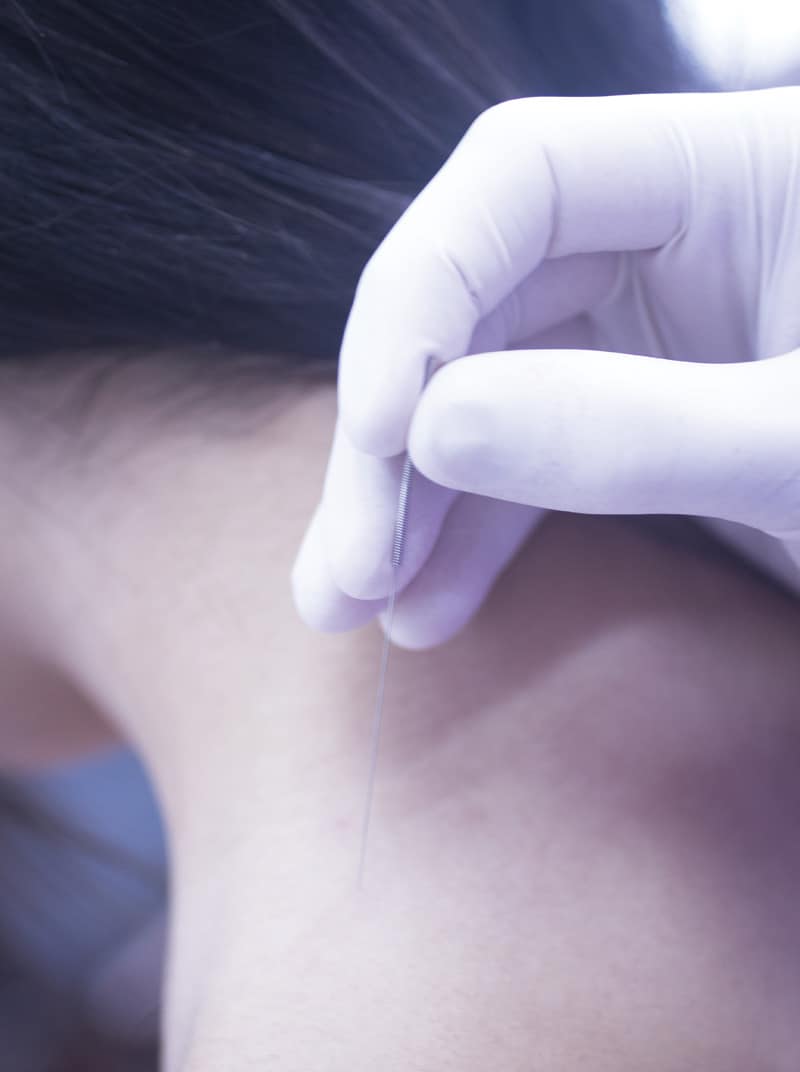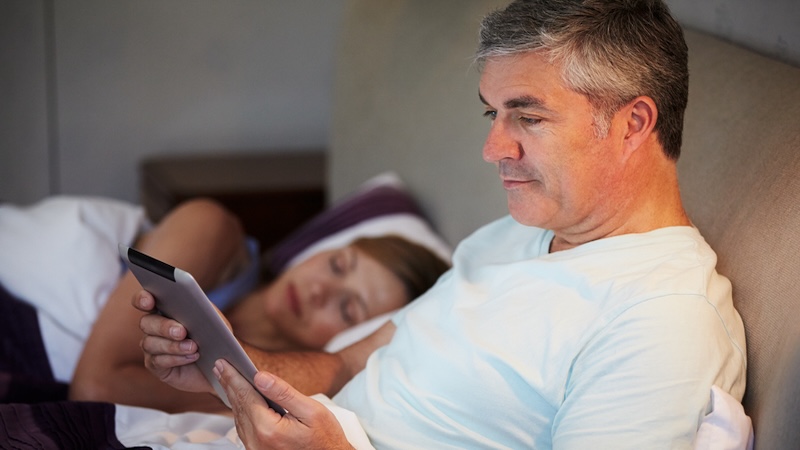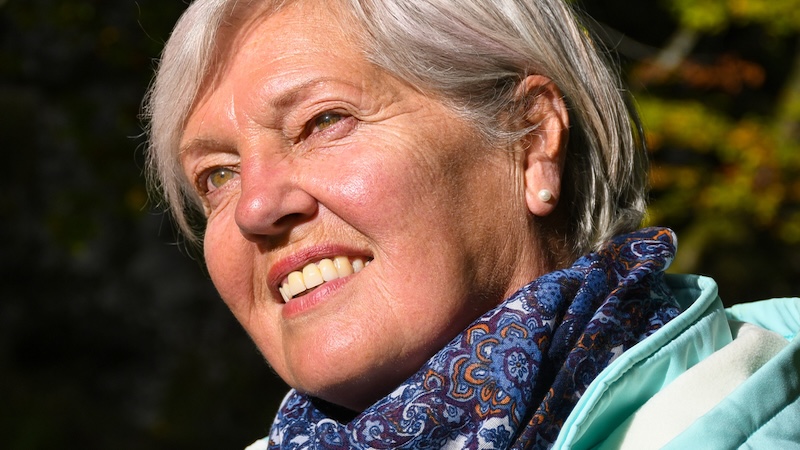Medication-Free Strategies for Tackling Back Pain
Oh, my aching back!

If your lower back hurts, you’re not alone. Back pain will affect up to 80 percent of Americans at some time in their lives, reports the American Chiropractic Association, and is the single leading cause of disability worldwide.
It is most important to uncover the root cause of the back pain, with discovery through a medical history and movement pattern study. “Back pain is often a signal that something is not moving well in the body. The cause is not always in the back but can express itself in the back and encompass a whole lot of problems people have with movement,” explained Amanda Harris, M.Ed, MES and owner of Re-Kinect Medical Exercise Specialists. “If you can determine what is driving the back pain, you can begin to work towards resolution.”
WHAT CAUSES BACK PAIN?
The most common causes of back pain are: 1) inactivity – you aren’t moving enough; 2) overuse or repetitive motions; 3) injuries; 4) altered movement due to previous injury like a broken ankle or knee surgery; or 5) a pinched nerve. Poor posture and poor muscle control can also contribute.
Older adults with chronic back pain tend to avoid exercise or movement that causes pain. This, however, may worsen the condition and simultaneously create balance issues than can lead to a fall risk and a diminished quality of life, according to a 2017 study reported in Journal of Pain & Relief.
The keys to avoiding back pain in the first place include utilizing proper lifting techniques, maintaining good physical condition and moving and exercising regularly.
Old-school thinking says, “Rest and you’ll feel better” or “Take a pill.” However, while rest and medication may alleviate back pain temporarily, they will not resolve the cause. If you’re suffering from upper or lower back pain, these alternatives to medication and surgery may help.
MEDICAL EXERCISE

One of the newest interventions for back pain is medical exercise utilizing the Re-Kinect Redcord Suspension System. Using slings, the body is partially suspended by ropes to offload the body weight in order to make a movement pattern easier and pain-free, and to retrain the body to move in a less painful, more natural way.
“Exercise intervention helps people manage back pain and re-establish control in muscles that have been turned off by the pain,” Amanda Harris said. “When the brain turns off postural muscles, it relies on other muscles for movement control. And when this happens, the body compensates and becomes more painful.” Harris can isolate what’s not working and provide neuromuscular reactivation of those muscles to help the body re-learn how to use the right muscles to move well again. As the body “gets it,” the challenge is increased, using the body’s own weight as the primary form of resistance. At-home exercises continue to strengthen core muscles.
PHYSICAL THERAPY
“Physical therapy offers a hands-on treatment including joint mobilization, tissue work, ice and electrical stimulation, and posture correction exercises,” explained Tom Bohanon, PT, DPT, of InMotion Physical Therapy. It reduces the pain, addresses the cause and helps to resolve movement issues. It is often recommended for acute injuries.
“The sooner you get care for your back the better. Although some back pain may resolve on its own, without care you can be left with residual effects, weakness and limitations. Thinking it will just go away often leads to bigger issues.” Physical therapy is available without a physician’s referral and at-home exercises help clients manage back pain long-term.
Learn about the benefits of turmeric supplements in managing arthritis and join pain as well as reducing chronic inflammation and back pain.

MASSAGE THERAPY
Massage therapy, or myofascial-release therapy, helps loosen and relax muscles, or trigger points, tightened from chronic or acute pain.
“If you’re in pain, your body guards itself to try to stop movement in the painful area,” explained Tracey D. Moody, NCMT, owner of Therapeutic Arts. “A lot of trigger points are in the hips, and can refer pain straight to the back. If we can get the trigger points to release, it releases pain in the lower back area. But we can’t force them; we must allow muscles to let go in their own time.” Ninety-minute sessions and regular massages are recommended to maintain movement.
TRIGGER POINT DRY NEEDLING
Similar to acupuncture, a solid filament needle is inserted and manipulated under the skin to release endorphins and serum cortisol for pain relief. Targeting the myofascial layer just below the skin, dry needling inactivates trigger points at the muscular cell level, allowing the muscles to relax.
Linda Barrett is a Virginia-based feature writer with more than 1,600 articles published worldwide, and owner of All the Buzz, a Clio Award-winning corporate copywriting, PR and marketing agency. An avid traveler, she is founder of the travel blog MidAtlanticTraveler.com. Visit her at www.allthebuzz.net.
This article is not meant as a replacement for professional consultation.


